
Elements in the policy landscape for action on black carbon in the Arctic.
This digital mapping of the Arctic black carbon policy landscape displays policy actions, potential involvement of relevant stakeholders in their practical implementation, as well as timelines of relevant upcoming events in respective policy and scientific fora. It is a part of the EUA-BCA final deliverables series. It is supported by an elements report and a policy landscape report in which detailed elaborations of the sector and area specific actions are presented.
Enhanced international cooperation within
Enhanced international cooperation on
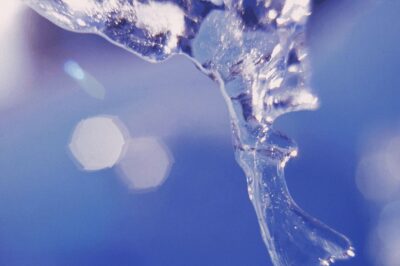
In situ observations of black carbon in the Arctic
Monitoring of black carbon in the Arctic ambient air is extremely important in the implementation of policies and measures seeking to curb the Arctic impacts of this pollutant.
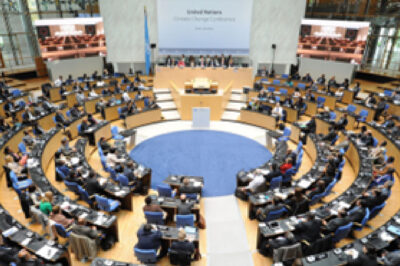
BC emission inventories
Monitoring of emissions constitutes a fundamental element in the implementation of climate change and air pollution abatement policies and measures.
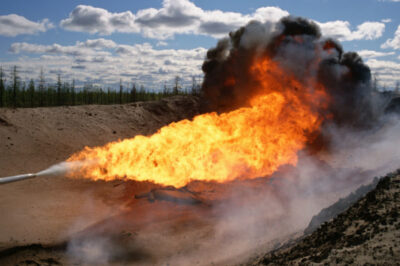
Gas flaring
The share of gas flaring in the total global black carbon emissions is small (about 3%); however, it is a significant emission source in the areas near and within the Arctic.
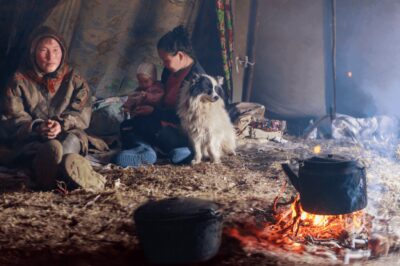
Small-scale domestic heating
Small-scale domestic heating has been estimated to be the most important source of BC-related problems in the Arctic in 2010.

Shipping
PAME’s Arctic Shipping report shows an increase in shipping activities in the Arctic region from 2013 to 2019. The number of vessels increased by 25%, and distance sailed by 75%.
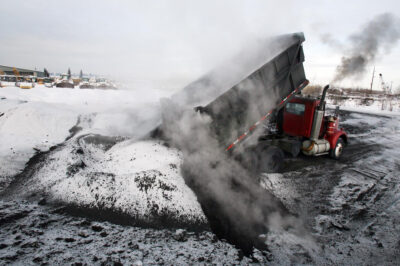
On- and off-road transport and stationary engines
Land transport emissions in 2010 has been estimated to be the third most important source of BC related problems in the Arctic. Most of these emissions originate from on- and off-road diesel engines.
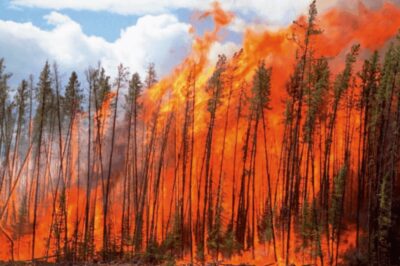
Open biomass burning
Globally, open biomass burning is a significant source of black carbon emissions. Overall, the burning appears to have declined since the 1990s, but the global earth observatory shows that quite extensive burning still occurs in areas close to the Arctic.